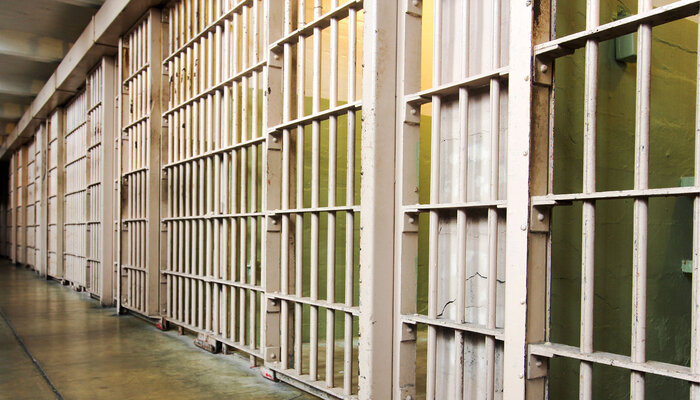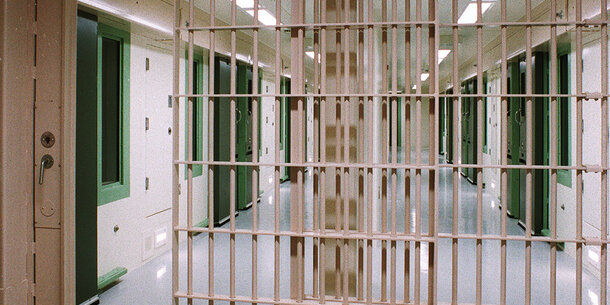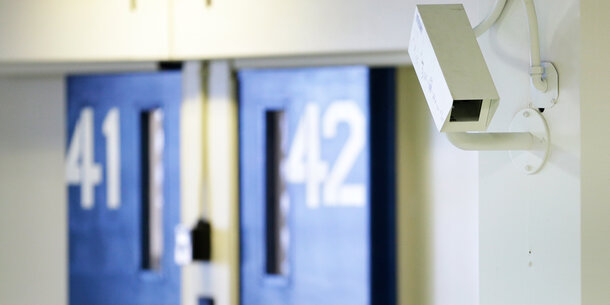For decades, New York City’s jails have been riddled by complicated, entrenched, and interlocking problems. In 2011, 12 people confined to the New York City jails sued the city’s corrections department under federal civil rights and constitutional law. They alleged that corrections officers had violated their rights by housing them in inhumane conditions, including routinely inflicting violence against them. Rather than contest their claims, the city settled the matter and in 2015 entered into a historic consent decree, a negotiated resolution between two parties in a lawsuit. The consent decree required the city to implement numerous far-reaching reforms to reduce violence, and it gave a federal judge the power to enforce its terms.
But eight years later, New York City is substantially out of compliance with the consent decree. Conditions in the city jails have barely improved — in many respects, they’ve worsened — nor have they become any less unconstitutional.
New York City’s jails aren’t unique; shuddersome conditions reign in numerous prisons and jails across the country. State and local authorities are tasked with running their own correctional institutions, but oversight of these facilities is limited. There may also be, as constitutional law scholar and University of California, Berkeley, School of Law Dean Erwin Chemerinsky has recognized, a lack of political will to ensure the adequacy of prisons and jails.
When state and local leaders fail to adhere to their legal obligation to incarcerate people humanely, the Supreme Court has declared that judges have a responsibility to eliminate the ensuing legal violations, even if that involves wading into the sensitive sphere of correctional operation. Yet courts didn’t always wield such power.
From roughly 1865, a few decades after states began erecting their first penal institutions, until about 1900, the law deemed incarcerated people “slaves of the State” with virtually no rights to challenge institutionally cruel conditions. And from the turn of the 20th century until the mid 1960s, courts by and large spurned prisoners’ complaints, not because the lawsuits were filed by “slaves” but for lack of jurisdiction. This was called the “hands-off” doctrine. No matter how brutal the purported conditions nor how ruthless the prison or jail operator, the hands-off doctrine meant that federal judges — concerned about federalism, separation of powers, and a lack of penological expertise — thought themselves without power to decide prisoner cases involving correctional rules, regulations, and practices. Therefore, for more than 180 years of this country’s history, for one reason or another, state and local governments essentially ran correctional institutions as they saw fit.
But that began changing in the mid 1960s. As the civil and women’s rights movements gained momentum outside prison walls, deplorable conditions behind bars began attracting considerable notice in the federal judiciary. Assisted by jailhouse lawyers, Black incarcerated members of the Nation of Islam began to organize and filed federal lawsuits throughout the country alleging that prison officials were discriminating against them on religious and racial grounds by preventing them from exercising their faith. In 1964, the U.S. Supreme Court ruled in Cooper v. Pate that Muslim prisoners had legal standing under federal civil rights law to contest religiously discriminatory policies. The Cooper ruling, just four sentences long, marked a watershed. For one thing, it soundly rejected the dominant hands-off disposition and hostility of the courts toward prison litigation. For another, and most important, it wedged open the door for incarcerated people to legally challenge the conditions of their confinement in federal court.
Throughout the 1970s and 1980s, high-profile prison rebellions, like the Attica prison revolt of 1971, spurred the modern prison rights movement, forever reorienting the relationship between the federal judiciary and incarcerated people and their rights. Federal district courts were frequently finding that living conditions in correctional facilities violated the Eighth Amendment’s prohibition against cruel and unusual punishment, often focused on old, dilapidated facilities. To remedy the constitutional deficits, judges issued broad, detailed orders obligating the government to make sweeping improvements in conditions, touching essentially every facet of corrections. By the early 1980s, at least 43 states and the District of Columbia had at least one prison under court order or consent decree to reduce overcrowding or improve general conditions of confinement.
Momentous as this phase was, though, it was short-lived. Although Congress in 1980 had facilitated the filing of greater prisoner litigation with its passage of the Civil Rights of Institutionalized Persons Act, the Supreme Court during this same time began making it harder to hold jail and prison agencies accountable. Bothered by their lack of expertise in penal management and the propriety of unelected federal jurists managing public institutions, the Court counseled the enduring need for deference to prison operators and state legislatures thereby clarifying the scope of the federal judicial role in the operation of state and local corrections.
Then Congress acted. It passed the Prison Litigation Reform Act (PLRA), and in 1996, President Bill Clinton signed it into law. The PLRA sought to restrict prisoners’ rights litigation by making it harder both for prisoners to file and win lawsuits and for judges to respond to unconstitutional conditions. And it succeeded. Between 1995 and 1997, for example, federal prisoner civil rights filings fell by 33 percent, even though the number of incarcerated people during the same period grew by 10 percent.
Despite the PLRA’s limits, courts today still have a vital constitutional role in stamping out, as one judge put it, the “soul-chilling inhumanity” of the United States’ prisons and jails. While there is a rich tradition of writing that canvasses the history of prisoners’ rights, debates judicial authority to engage with correctional affairs, and analyzes outcomes in notable prison reform cases, relatively little attention has been devoted to exploring the range of judicial tools for addressing poor, unlawful penal conditions. This analysis highlights the possibilities and limitations of some of the most powerful tools at a court’s disposal to nudge — and when left no other choice, compel — government officials to fulfill their legal duty to treat people under their charge with basic human dignity.



